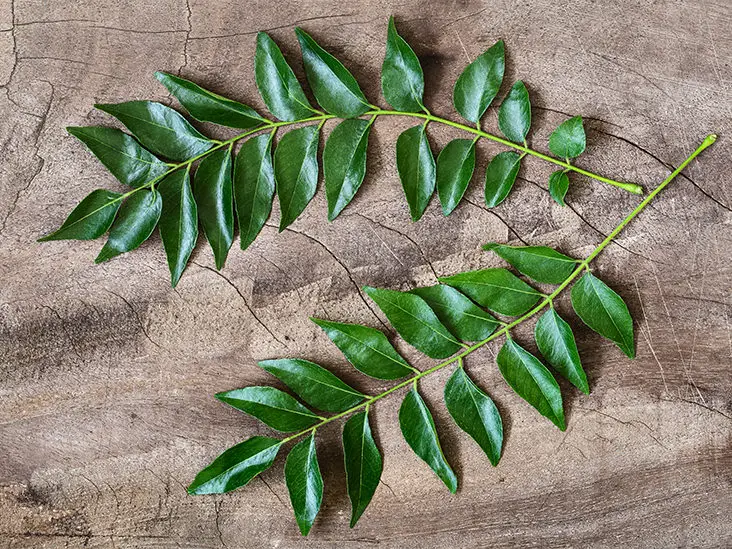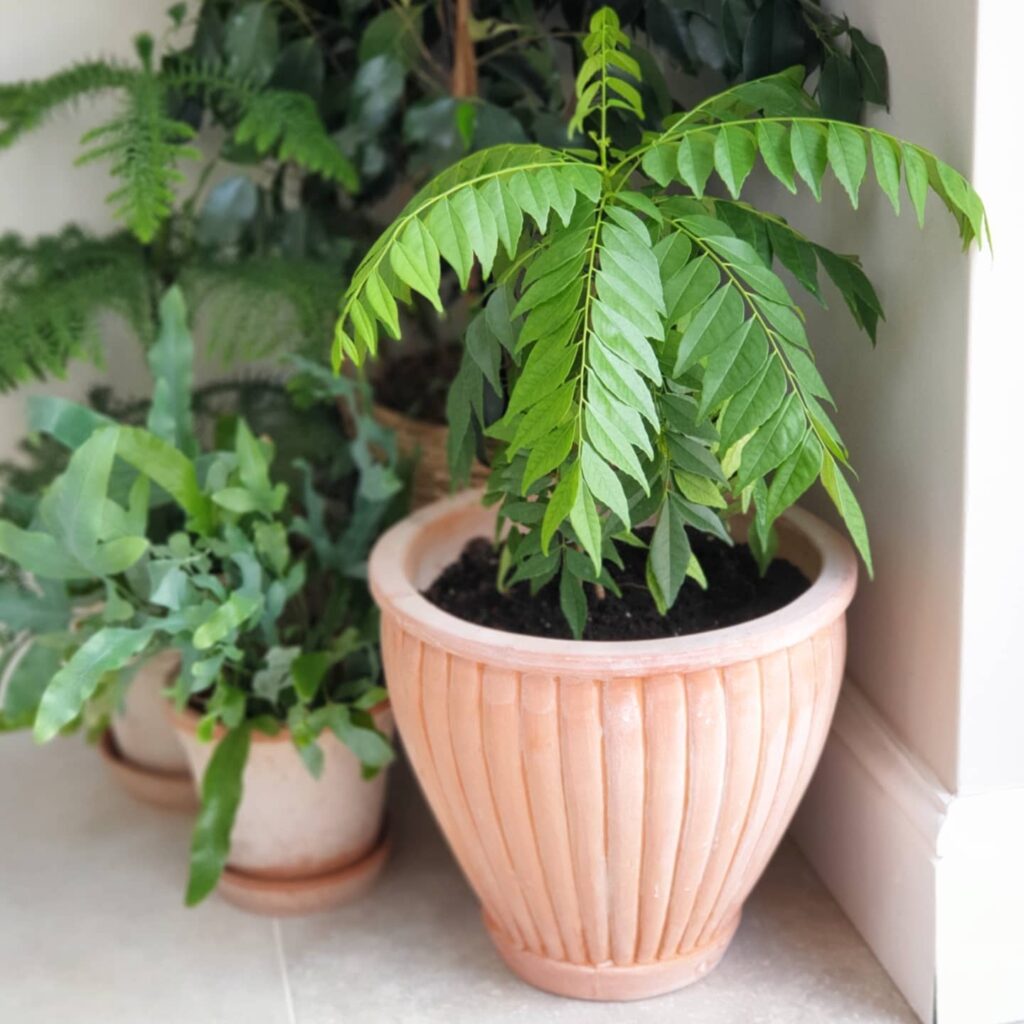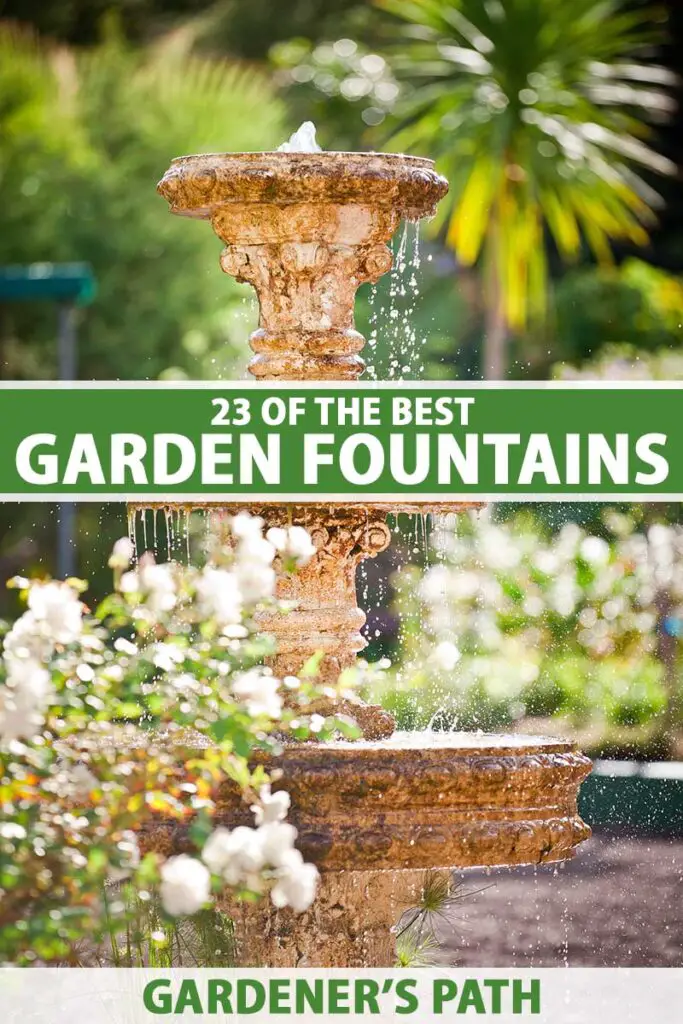Yes, some plants can live forever through a process called vegetative reproduction. However, not all plants have this ability and may ultimately die due to various factors such as disease, environmental changes, or human interference.
Plants have always been a source of fascination for humans. From the vibrant colors of flowers to the towering height of trees, the variety and beauty of plant life has captivated us for centuries. But can a plant live forever?
The answer is yes and no. While some plants have the ability to live forever through a process called vegetative reproduction, others have a limited lifespan and will eventually die. Factors such as disease, environmental changes, or human interference can also contribute to a plant’s lifespan. In this article, we will explore the concept of plant immortality and the various factors that can influence a plant’s lifespan.

Credit: www.coloradogardener.com
What Defines A Perennial Plant?
Can a plant live forever? This is a question many plant enthusiasts have asked. Botanists have discovered that some plants have the ability to outlive human beings, but what defines a perennial plant? Perennial plants, unlike annual and biennial plants, can survive for more than two years without withering.
In this section, we’ll examine the characteristics of perennial plants, the differences between perennial, annual, and biennial plants, and some examples of perennial plants in different regions.
Characteristics Of Perennial Plants
Perennial plants share several features. Here are the key characteristics:
- Perennial plants can survive for at least two or more years, which allows them to develop a stronger root system
- They have the ability to reproduce both sexually and asexually, producing seeds and sprouts
- They have a rest period where their growth slows down, preparing them for the next growing season
- They withstand drought, cold temperatures, and other environmental factors that may damage annual plants
Differences Between Perennial, Annual, And Biennial Plants
While perennial plants can thrive for several years, annual plants complete their life cycle within one growing season. Biennial plants, on the other hand, usually have a two-year lifespan, and they flower and produce seeds during their second year of growth.
Here’s a summary of the differences between these three types of plants:
- Annual plants complete their life cycle in one year and usually do not regrow from their roots.
- Biennial plants require two years to complete their lifecycle. They usually sprout in the first year and only flower in the second year, then they die after their seeds are produced.
- Perennial plants may have a longer lifespan for at least two or more years and their roots may continue growing, allowing them to sprout after a dormant phase.
Examples Of Perennial Plants In Different Regions
Perennial plants are found all over the world in different forms, shapes, and sizes. Here are some examples of perennial plants in different climate regions:
- In tropical regions, hibiscus, orchids, and bougainvillea are some common examples of perennial plants
- In temperate regions, peonies, irises, and daisies are some popular flowers that bloom year after year
- In cold regions, pine trees, larch trees, and spruces remain green throughout the year, thus qualifying as perennial plants.
Perennial plants are the backbone of the garden and can add a touch of colour and texture to any landscape throughout the year. Their ability to survive for longer periods separates them from annual and biennial plants. Understanding the importance of perennial plants can help you create a beautiful and sustainable garden landscape.
The Science Of Plant Aging
Can a plant live forever? The truth about perennial plants.
Plants are truly fascinating living organisms, and their life cycle has always been a source of marvel for science enthusiasts and nature lovers. You may have often wondered if a plant can live forever or if it has a natural lifespan.
In this blog post, we’ll look at the science of plant aging, delving into the physiology and genetics of plant aging, the role of environmental factors in plant longevity, and research on plant rejuvenation and immortality.
The Physiology And Genetics Of Plant Aging
Just like every living organism, plants are subject to aging. As plants grow older, their cells divide less frequently, resulting in a decline in their reproductive functions. Here are some of the signs of plant aging:
- Yellowing leaves
- Stems that are liable to break
- Reduced growth rate
- Shortened lifespan
However, some plant species can live for many years, even centuries. For instance, the giant sequoia trees can live up to 3,000 years. While the lifespan of a plant varies depending on its species, there are also external factors that influence plant aging.
The Role Of Environmental Factors In Plant Longevity
The environment plays a crucial role in plant longevity. And we aren’t just talking about soil and water quality here, but also the amount of sunlight, temperature, humidity, and other climatic factors in a plant’s habitat. Here’s how environmental factors can affect plant lifespan:
- High levels of air and soil pollution can lead to premature aging and death of plants.
- Climate change and global warming have a massive impact on the growth and development of plants, reducing their life expectancy.
- Insects and pests can damage plants, causing them to age prematurely.
Research On Plant Rejuvenation And Immortality
Scientists have been making significant progress in researching plant rejuvenation and immortality. In fact, some studies have suggested that a plant’s lifespan might be extended by improving its genes. Here are some popular approaches:
- Gene editing: Scientists are experimenting with gene editing techniques to activate specific genes that control a plant’s aging process and suppress the genes that promote it.
- Rejuvenation: Researchers have been experimenting with plant hormones to stimulate cell division and growth, allowing plants to regenerate and prolong their lifespan.
- Cloning: Cloning is an effective method to create replicas of plant specimens that no longer exist, allowing them to be brought back to life.
While plants have an aging process, their lifespan can vary depending on several factors, including environmental impact and their genes. Scientists continue to conduct research to learn more about plant rejuvenation and immortality, giving hope that one day, we might be able to extend the lifespan of many plant species and create infinite cycles of life.
Myth Vs Reality: Perennial Plants That Could Live Forever
Perennial plants are known for their ability to grow and thrive for many years. It’s natural to wonder if some of these plants have the potential to live forever. While there are numerous myths surrounding the lifespan of perennial plants, there is also plenty of research on existing plants that have shown exceptional longevity.
Let’s explore the truth about these myths and what science has to say about plants that could potentially live forever.
Common Myths About Perennial Plants With Endless Lifespan
When it comes to the topic of perpetual plant life, there are a few commonly held beliefs. Unfortunately, many of these ideas are myths that have been perpetuated for years. Here are some of the most widespread myths about perennial plants with endless lifespan:
- Myth 1: Certain plants are immortal and will continue to grow forever.
- Myth 2: Plants can live forever as long as they are pruned and cared for properly.
- Myth 3: Some species of plants can essentially clone themselves, thus living indefinitely.
While these myths may sound intriguing, they are simply not true. While there are some plants that can live for thousands of years, there is no evidence to suggest that any plant can live forever.
The Truth About Existing Plants With Extraordinary Longevity
Despite the fact that there is no plant species that can live forever, there are many examples of plants that have lived much longer than the years that science believed to be their maximum lifespan. Here are some examples of plants that have shown exceptional longevity:
- Methuselah is a great basin bristlecone pine tree that is estimated to be over 4,800 years old.
- King clone is a creosote bush that is believed to be around 11,700 years old.
- Old hara is a bald cypress tree that is estimated to be over 2,600 years old.
Each of these plants has been studied extensively, and researchers have learned much about the factors that contribute to their extended lifespans. Exceptional longevity in plants can be attributed to a variety of factors, including their genetics, environment, and reproduction.
Promising Research On Extending Plant Lifespan
While there is no magic secret to making plants live forever, current research has shown promise in identifying ways to extend a plant’s lifespan. Scientists are researching means of slowing down the aging process in plants, which could ultimately lead to longer lifespans.
Here are a few of the promising research avenues being explored:
- Researchers are investigating the impact of genetics on plant life expectancy.
- Some studies have shown that manipulating a plant’s diet can significantly impact its longevity.
- Scientists are looking at ways to enhance a plant’s resistance to pests, disease, and environmental factors.
While ongoing research holds great promise, we are still a long way from understanding how to make any plant live indefinitely. Nonetheless, with each new discovery, scientists gain a deeper understanding of the mechanisms of plant lifespan and how to prolong it.
While perennial plants may be long-lived and seem able to go on forever, the reality is that even the oldest plants eventually reach the end of their lifespan. By dispelling common myths and continuing to study the mechanisms that contribute to plant longevity, we can continue to gain new insights into the wonder of the natural world and the amazing resilience of the plant kingdom.
Gardening And Cultivating Perennial Plants
Can A Plant Live Forever? The Truth About Perennial Plants
Gardening and cultivating perennial plants can be both challenging and rewarding. Perennial plants are known for their ability to survive multiple growing seasons, making them core components of many gardens and landscapes. However, understanding how to grow and care for these plants is critical if you want to reap the rewards of their longevity.
In this post, we’ll provide you with insights on the best practices for gardening and cultivating perennial plants.
Tips On How To Grow And Care For Perennial Plants
If you want to grow and maintain perennial plants, here are some steps you should follow:
- Choose the right location: It’s essential to determine the best spot for planting your perennial plants. Each plant requires specific amounts of sunlight, soil, water, and space to flourish.
- Prepare the soil: Preparing the soil is vital to provide your perennial plants with adequate nutrients to survive and thrive. Grab a hoe or tiller and work the soil about six to eight inches deep, and add organic compost to improve soil health.
- Water the plants: Most perennial plants require a moderate amount of water. Water your plants at the base using a watering can or sprinkler when the soil is dry to the touch.
- Fertilize regularly: Use a balanced slow-release fertilizer when planting, and continue to apply it during the growing season to provide your plants with the necessary nutrients.
- Prune consistently: Pruning at the right time promotes healthy growth, encourages flowering, and helps shape your plants.
Best Perennial Plants To Grow In Different Climates And Conditions
Choosing your perennial plants according to your climate or other conditions is crucial to ensure their longevity and vitality. Here are some of the best perennial plants for the following types of conditions:
- Sunny conditions: Yarrow, butterfly weed, coneflower, catmint, and blanket flower.
- Shaded areas: Hosta, astilbe, bleeding heart, ferns, and hellebore.
- Moist soil: Ligularia, iris, siberian bugloss, cardinal flower, and joe pye weed.
- Drought-resistant: Lavender, sedum, russian sage, yucca, and agave.
Strategies That Can Enhance Plant Longevity
Here are some strategies that can help improve the longevity of your perennial plants:
- Soil care: Care for your soil to ensure it remains healthy and nutrient-rich.
- Mulch: Mulch around the base of your plants to help the soil retain moisture.
- Divide perennials: Dividing helps with plant growth, promotes better root development, and allows for healthier growth for years to come.
- Deadhead: Remove spent blooms to stimulate more growth, encourage flowering, and promote a more extended bloom time.
- Pest management: Identify and control pests to prevent damage or eliminate problems.
Perennial plants require proper care to live long, healthy lives. By understanding the best practices for gardening and cultivating perennial plants, choosing the right plants for your climate and environmental conditions, and using the right care strategies, you’ll undoubtedly succeed in growing beautiful and healthy perennials in your garden.
Happy growing!
Frequently Asked Questions Of Can A Plant Live Forever
Can A Plant Live Forever?
No, a plant cannot live forever. However, some plants can live extremely long lives, up to thousands of years.
What Is The Longest-Living Plant Species?
The oldest-living plant species is believed to be a bristlecone pine tree named methuselah, which is over 4,800 years old.
How Do Plants Die Of Old Age?
Plants can die of old age when their cells stop dividing, their energy reserves are depleted, or they become too susceptible to disease.
Can Plants Regenerate Themselves?
Yes, many plants are capable of regeneration and can grow new parts from their existing roots, stems, or leaves.
What Factors Affect A Plant’S Lifespan?
A plant’s lifespan can be affected by genetics, environmental factors such as temperature and moisture, and exposure to pests or disease.
Conclusion
It’s safe to say that plants can live for a very long time, but can they live forever? As we’ve seen, the answer isn’t a simple yes or no. Some plants, such as the bristlecone pine, have incredibly long lifespans, but even they eventually die.
However, plants do have the ability to clone themselves, allowing them to continually regenerate and continue the species’ existence. It’s also important to note that humans play a part in the lifespan of plants as we impact their environment and can cause their demise.
As we continue to learn about the complex world of plants, we may discover more about their potential for infinite lifespan. For now, let’s appreciate the plants we have and do our part to protect and nurture them for future generations to enjoy.




